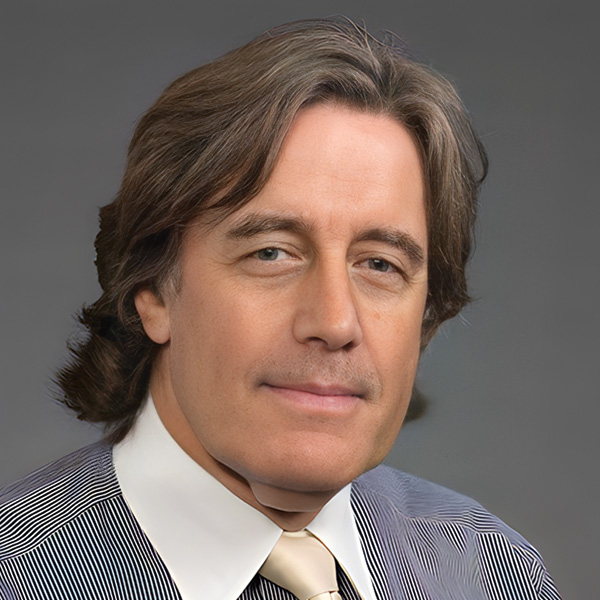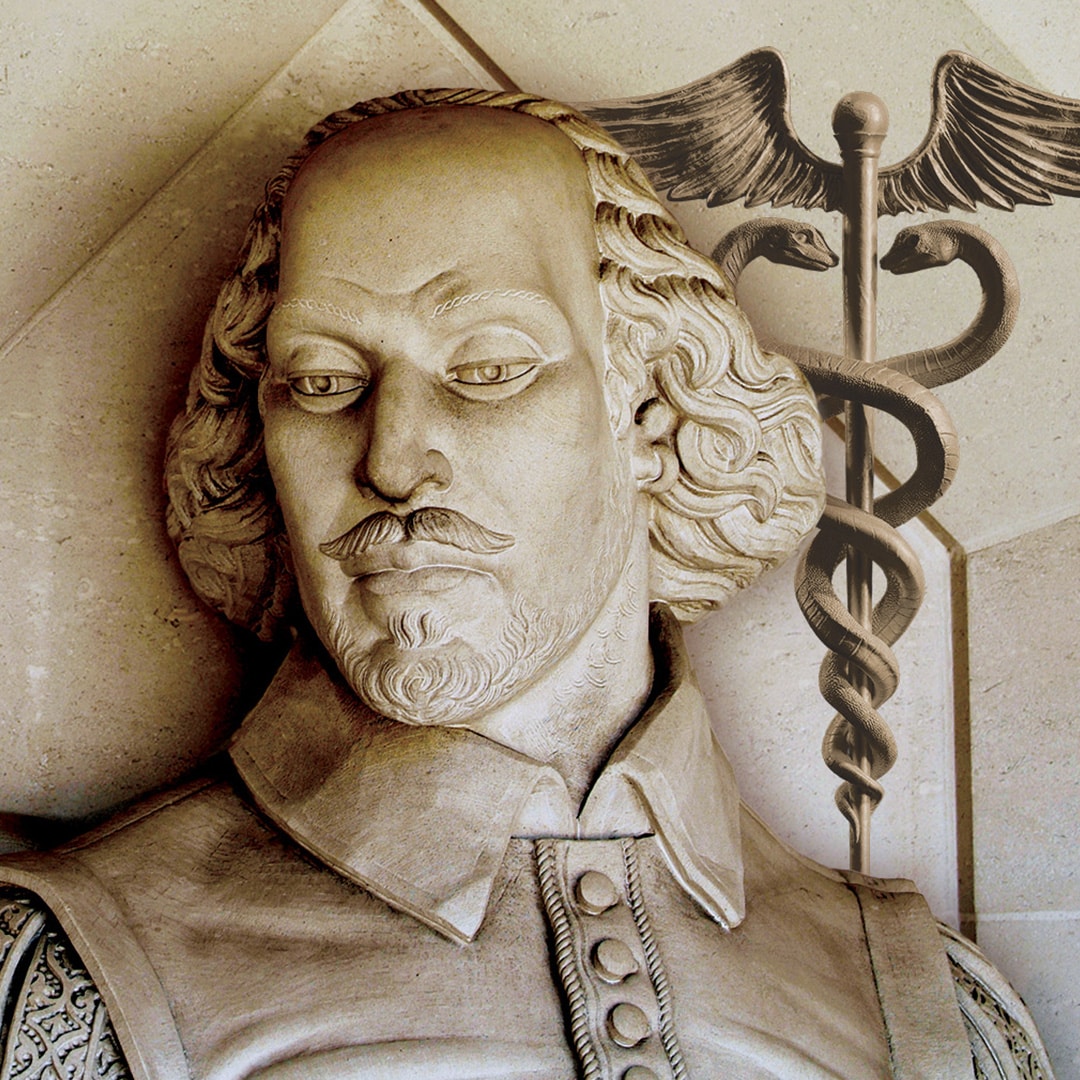For centuries, sea-faring was difficult
The health of sailors decreasing daily
Joints, teeth affected, arteries occult
Until bursting, suddenly, unfairly
Fruit was the answer, relieved once on land
Scurvy tackled, but why they now wonder
Not proteins, starches nor fats, all at hand
What other chemical could they order
In Java, a Dutch outpost, it was shown
That molecules in rice were important
Chemists showed these organic nutrients
Were vital for life, old age and infant
The vitamins were born, healthy pre-empts
Many were later found, letters given
Major effects on public health driven
Backstory
In the nineteenth century, the main essential components of food necessary to sustain human life were pretty clear, involving proteins, fats, starches, sugars and some minerals containing, for example, calcium and phosphates. Experiences with crew on long-distance ocean travel, who were often denied fresh food for months, suggested that something was missing, especially as some sailors, near to death on reaching land because of the resulting scurvy, made rapid recoveries once provided with fruits and vegetables. Other diseases such as beriberi also resulted from such restricted diets. A British military surgeon, Thomas Christie, working in Sri Lanka at the very beginning of that century, recognized that such diseases were associated with specific dietary deficiencies, and he referred to the need for ‘nice chemical combinations’ in the diet. He did not know what the deficient chemicals were, and nor did anyone else for about a century.
In the 1890s, Dutch physicians working in the far east (the Dutch being the most prominent sea- faring nation seeking eastern spices), such as Christiaan Eijkman and Gerrit Grijns, determined that the deficient but essential agents were complex substances that cannot be replaced by simple chemical compounds. Believing these substances were all amines, being vital to life, they were collectively called vitamines (especially by the polish scientist Casimir Funk working in London); when it was realized that they were not necessarily amines, the word almost stuck and ‘vitamin’ was introduced into our language. Today there are 14 known vitamins (A, B, C etc.) and 15 Nobel Prizes have been awarded for work on these substances.


